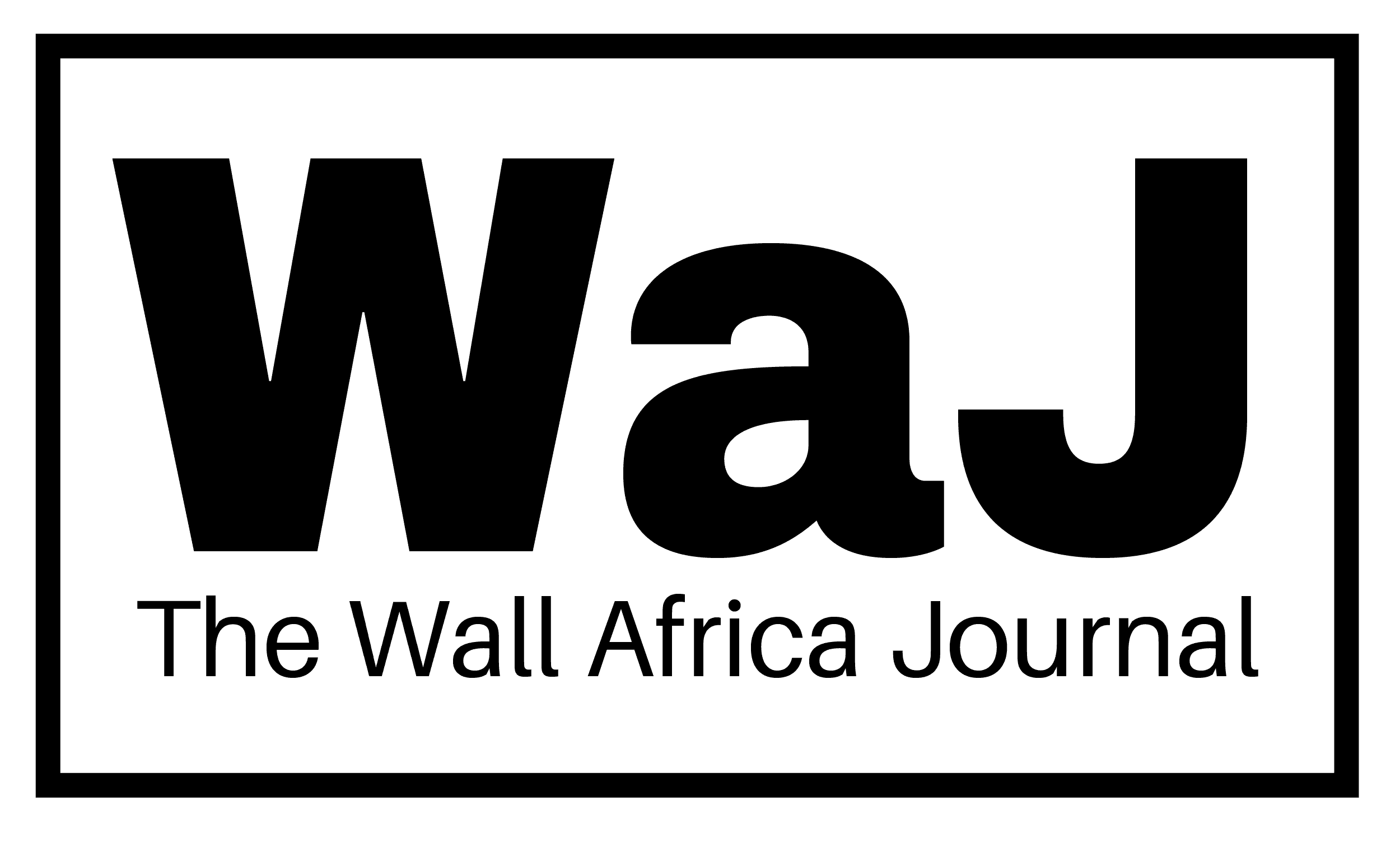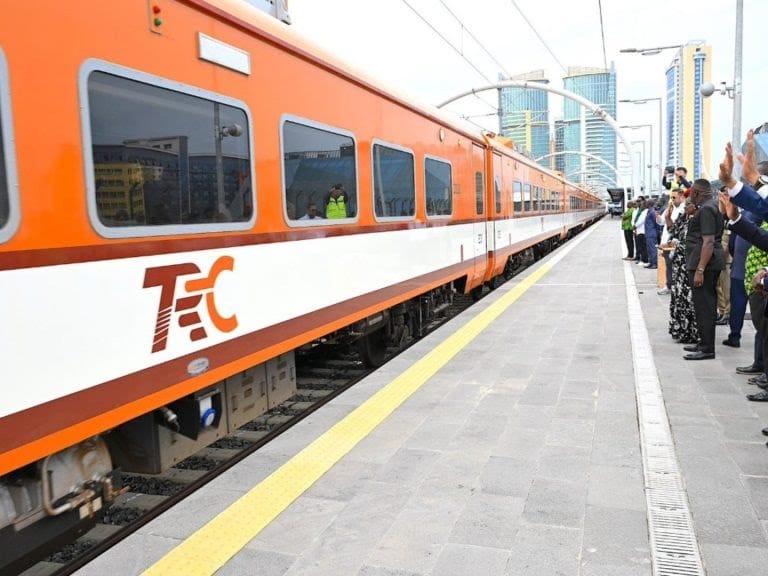Tanzania is fast rising as a critical transport and energy hub in East Africa, leveraging its geographic advantage, infrastructure investments, and growing clean energy capacity to position itself as a gateway for regional trade and development.
With borders touching eight countries and a coastline linking it to the Indian Ocean, Tanzania is uniquely placed to facilitate trade between landlocked neighbors and global markets. The country’s three deepwater ports—Dar es Salaam, Tanga, and Mtwara—are becoming pivotal logistics centers for goods moving into Eastern, Southern, and Central Africa.
A transformative development in this effort is the launch of the country’s first electric Standard Gauge Railway (SGR) between Dar es Salaam and Dodoma in 2024. Powered by electricity and featuring modern, high-speed trains, the SGR marks a key milestone in the modernization of Tanzania’s transport sector. The project, spanning 2,560km, aims to connect key urban centers and extend to Rwanda, Burundi, and the DRC.
Beyond rail, Tanzania is integral to the expansion of the U.S.-backed Lobito Corridor. U.S. officials, including Helaina Matza from the State Department, have indicated that integrating Tanzania into the Trans-Africa Corridor would connect Atlantic and Indian Ocean trade routes, opening new pathways for economic cooperation and investment.
In support of the growing railway network, the Tanzania Railways Corporation (TRC) received 264 new cargo wagons in late 2024, boosting its capacity to transport both containers and loose cargo. These upgrades are expected to enhance trade and contribute to Tanzania’s GDP, which has seen consistent growth above 5% since 2019.
At the core of Tanzania’s development agenda is access to reliable energy. Through the Rural Electrification Expansion Programme (TREEP), over 8 million people, thousands of schools, health centers, and small enterprises have been connected to the grid. This has been supported by a combined $550 million in funding from the World Bank.
A new initiative, ASCENT Tanzania, backed by $300 million from the International Development Association, is set to expand renewable energy solutions across rural areas. The program focuses on grid densification, private sector-led mini-grid investments, and soft reforms to improve sector performance.
Tanzania’s strategic focus is also paying dividends in small-scale mining, where over 200 sites have been electrified, boosting production and reducing reliance on diesel. This supports the government’s broader vision of industrial growth and energy self-sufficiency.
In line with its national development plan, Tanzania is diversifying its energy portfolio with plans to construct an LNG plant and finalize an oil pipeline from Uganda by 2026. These projects are expected to reduce import reliance and increase domestic refining capacity.
With the transportation sector ranking third in foreign exchange earnings, behind tourism and mining, Tanzania is well on its way to becoming a continental logistics and energy powerhouse—linking African economies through infrastructure, trade, and sustainable development.



